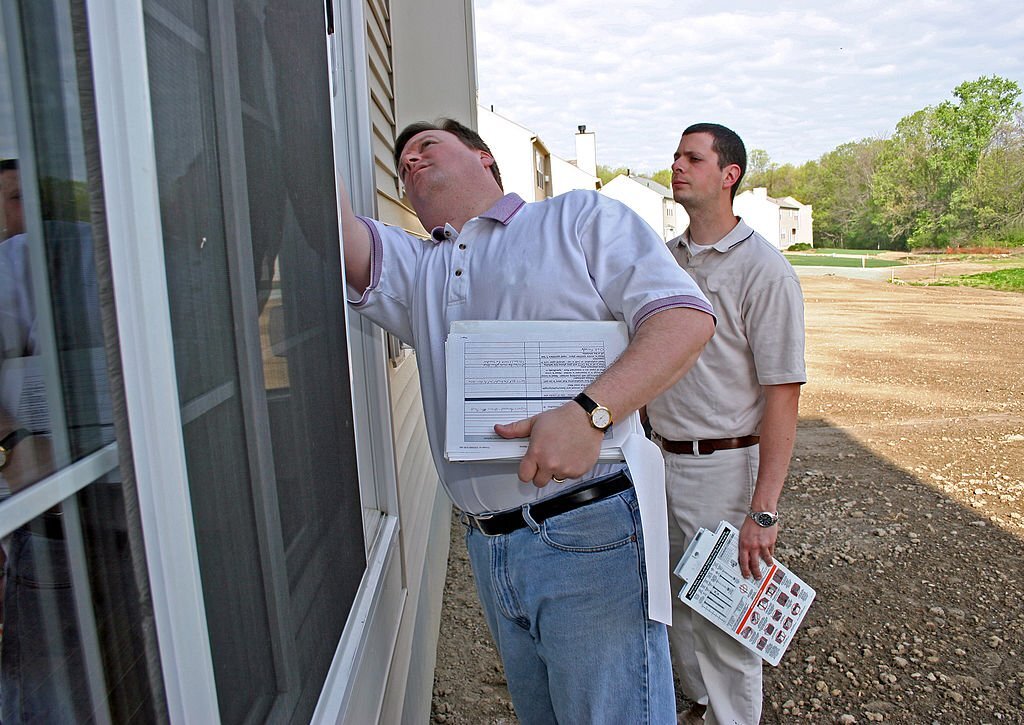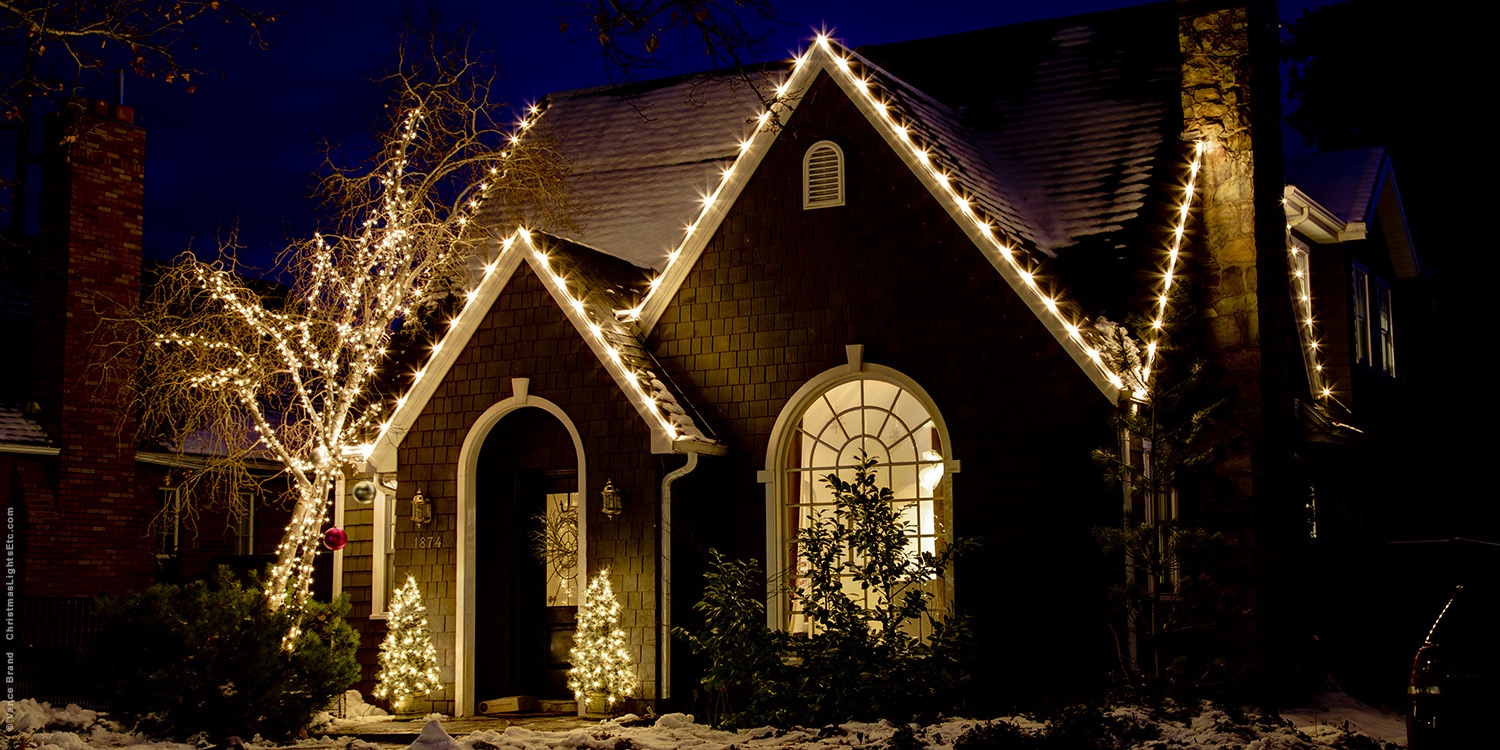
Introduction
Phoenix, with its scorching heat and arid climate, might seem like the last place you’d worry about water damage in your home. However, despite the dry conditions, water damage can still pose a significant threat. Understanding how to detect water damage is essential for homeowners in Phoenix to maintain their property’s value and safety. In this post, we’ll delve into the intricacies of detecting water damage in a dry climate and share insights from some of the best Phoenix home inspectors.
The Paradox of Water Damage in Phoenix
Why Water Damage Matters
Water damage can lead to a range of problems, from structural issues to mold growth, even in a dry climate like Phoenix. While the overall humidity is low, homes are still susceptible to water damage from various sources, such as plumbing leaks, roof leaks, and poor drainage.
Common Sources of Water Damage
Despite the arid environment, water damage in Phoenix homes can arise from:
- Plumbing Leaks: Faulty pipes, fixtures, and appliances can lead to significant water damage.
- Roof Leaks: Damaged or poorly maintained roofs can allow water to seep into the home during rare but heavy rainfalls.
- Poor Drainage: Inadequate drainage systems can cause water to accumulate around the foundation, leading to damage.
- Condensation: In certain conditions, condensation can form and cause water damage, particularly in areas with poor ventilation.
Signs of Water Damage
Visible Signs
Even in a dry climate, there are telltale signs of water damage that the best Phoenix home inspectors look for:
- Stains and Discoloration: Water stains on walls, ceilings, or floors are a clear indication of water damage. These stains are often brown or yellow and may appear around plumbing fixtures or rooflines.
- Warping and Buckling: Wood and other materials may warp or buckle when exposed to water. Check for uneven flooring, warped doors, or baseboards pulling away from walls.
- Peeling Paint or Wallpaper: Moisture can cause paint and wallpaper to peel or blister, especially in bathrooms, kitchens, and basements.
- Mold and Mildew: Mold growth, characterized by a musty smell and black or green spots, is a sign of prolonged moisture exposure.
Subtle Signs
Some signs of water damage are less obvious but just as important to detect:
- Increased Utility Bills: A sudden spike in water bills could indicate a hidden leak.
- Damp or Musty Odors: Persistent damp or musty smells suggest water damage, even if there are no visible signs.
- Cold or Damp Spots: Unexplained cold or damp spots on floors, walls, or ceilings can indicate water damage.
Inspection Techniques for Detecting Water Damage
Visual Inspection
A thorough visual inspection by the best Phoenix home inspectors involves checking all areas of the home, including the attic, basement, crawl spaces, and exterior walls. Inspectors look for visible signs of water damage, such as stains, warping, and mold.
Moisture Meters
Moisture meters are essential tools for detecting water damage. These devices measure the moisture content in building materials, helping inspectors identify areas with hidden moisture that may not be visible to the naked eye.
Thermal Imaging
Thermal imaging cameras detect temperature differences in building materials. They can reveal hidden water damage by identifying cooler areas where moisture may be present. This non-invasive technique allows inspectors to see behind walls and ceilings without causing damage.
Infrared Cameras
Infrared cameras are another valuable tool for detecting water damage. They capture images of temperature variations, highlighting areas with potential moisture issues. This technology is particularly useful for finding leaks and insulation problems.
Preventing Water Damage
Regular Maintenance
Regular maintenance is key to preventing water damage in a dry climate like Phoenix. Some essential maintenance tasks include:
- Inspecting the Roof: Regularly check for damaged or missing shingles and repair them promptly.
- Checking Plumbing: Inspect pipes, faucets, and appliances for leaks. Replace worn-out fixtures and hoses.
- Cleaning Gutters: Keep gutters and downspouts clear of debris to ensure proper drainage.
- Sealing Cracks: Seal any cracks in the foundation, walls, and around windows and doors to prevent water intrusion.
Improving Drainage
Proper drainage is crucial to prevent water damage. Ensure that the grading around your home slopes away from the foundation. Install or maintain French drains, sump pumps, and other drainage systems as needed.
Using Dehumidifiers
In areas prone to condensation, such as basements and crawl spaces, use dehumidifiers to reduce moisture levels. This can help prevent mold growth and other water damage-related issues.
What to Do if You Detect Water Damage
Immediate Steps
If you detect water damage, it’s essential to take immediate action:
- Identify the Source: Determine where the water is coming from and stop it if possible.
- Dry the Area: Use fans, dehumidifiers, and ventilation to dry the affected area quickly.
- Remove Damaged Materials: Remove and dispose of any water-damaged materials, such as carpets, drywall, and insulation, to prevent mold growth.
Contacting Professionals
For significant water damage, contact professionals for assistance. They can provide expert advice and services to address the damage and prevent future issues. Whether it’s a plumber to fix a leak or a contractor to repair structural damage, professional help is crucial.
Conclusion
Detecting water damage in a dry climate like Phoenix requires vigilance and the right tools. Even in an arid environment, water damage can occur from plumbing leaks, roof issues, and poor drainage. The best Phoenix home inspectors use a combination of visual inspections, moisture meters, thermal imaging, and infrared cameras to uncover hidden water damage.
Regular maintenance, proper drainage, and immediate action when water damage is detected are essential for protecting your home. By staying proactive and informed, you can ensure your home remains safe and sound, even in the dry climate of Phoenix.








